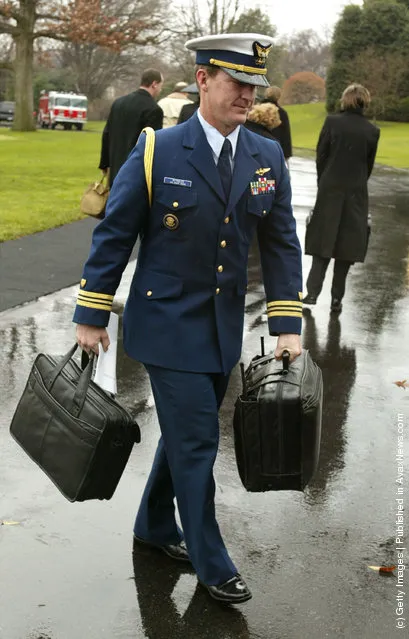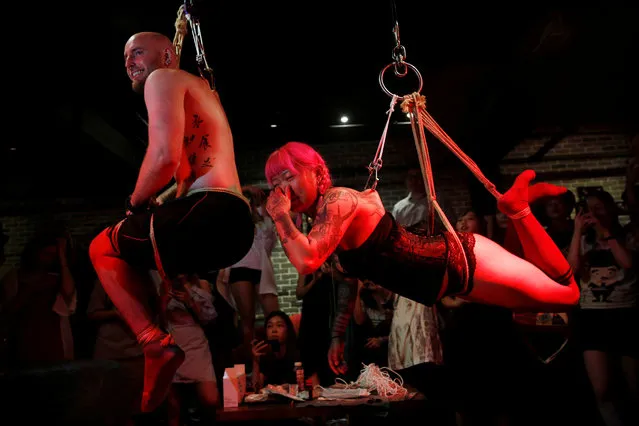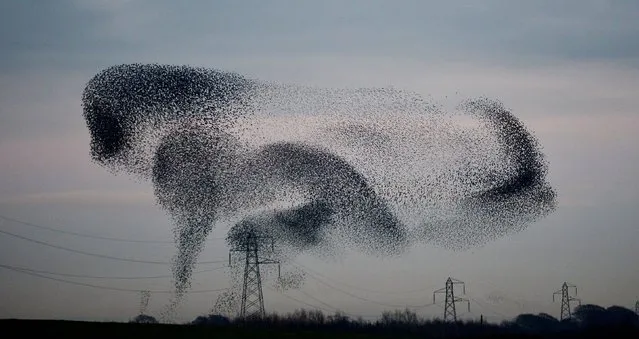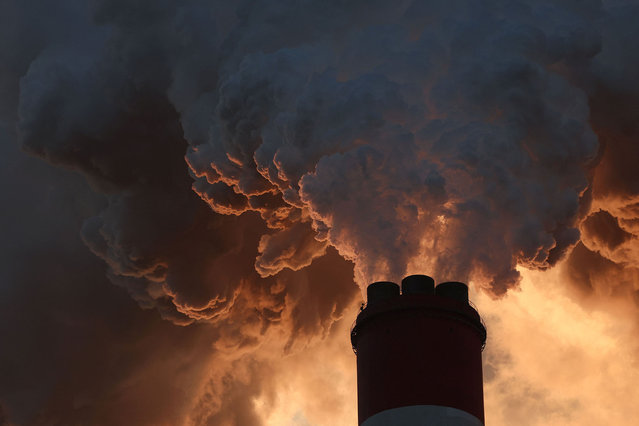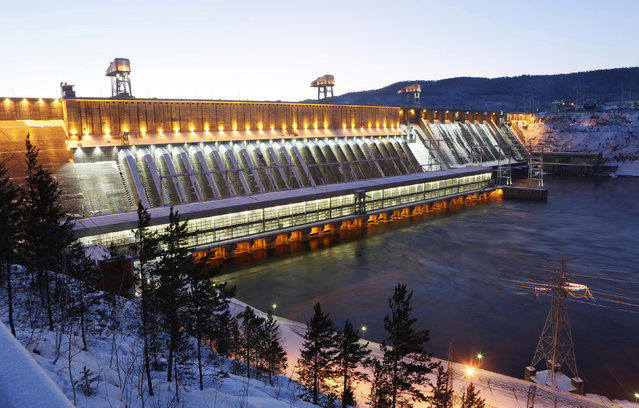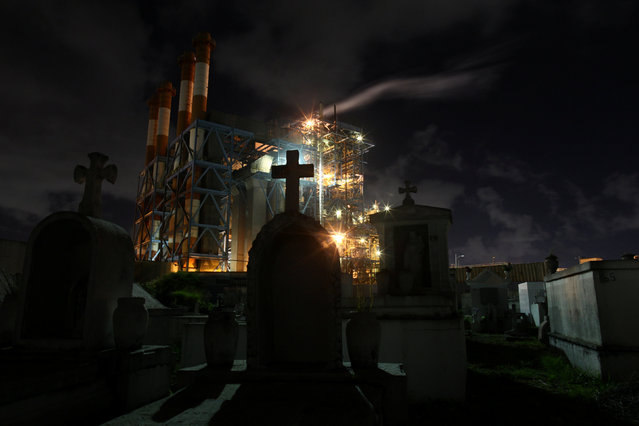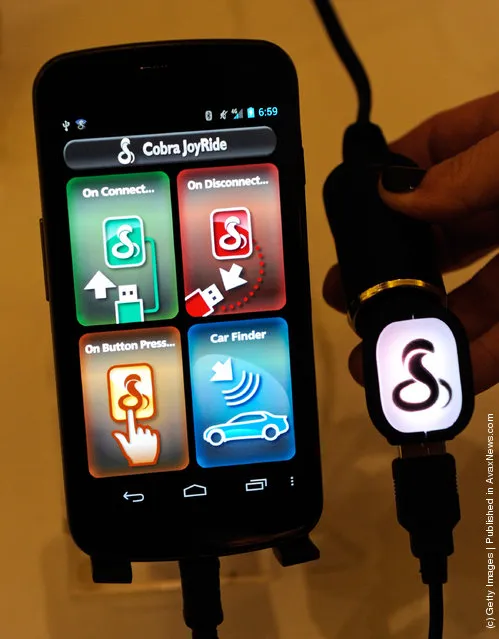
The Cobra JoyRide car charger by Cobra Electronics is displayed during a press event at The Venetian for the 2012 International Consumer Electronics Show (CES) January 8, 2012 in Las Vegas, Nevada. The JoyRide works with Android phones and can automatically trigger preset phone functions like enabling GPS or disabling Wi-Fi with the press of a single button. It will be available for USD 39 in the second quarter of 2012. (Photo by Ethan Miller/Getty Images)
09 Jan 2012 12:39:00,post received
0 comments

